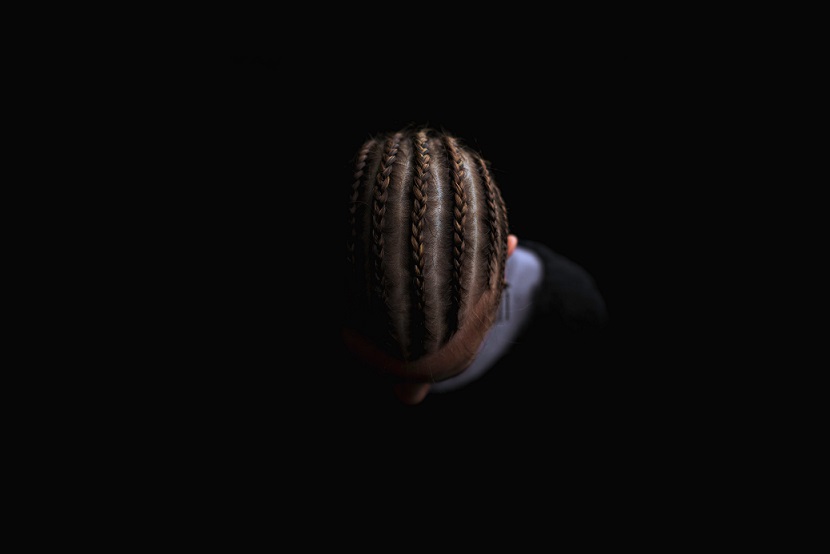Hair loss is mostly caused by aging, hormonal changes, and a family history of baldness. If you suffer from this problem, you don't need to worry since hair transplant can be an effective solution. This surgery is done to restore hair to areas of the scalp that are bald or have thinning hair. During this operation, surgeons remove small pieces of hair-bearing scalp from the donor site and use them as grafts to be relocated to a bald or thinning area of the scalp.
When you arrive home after having a hair transplant, you should try your best to take care of your newly implanted hair grafts. This stage is so significant because the hair grafts are so fragile and need nurturing to take root completely. Before leaving the clinic, your medical team will provide you with the necessary pieces of information and detailed directions you need for home care. Some of the significant DOs and DON'Ts are explained below:
1. Patients are highly recommended to ask someone to drive them home after undergoing this operation. Despite that hair transplant surgery does not usually require strong sedation, your doctor may prefer to give you a sedative. In this case, you are suggested not to drive because of the probable influence of the sedative.

2. Alcoholic drinks are not allowed for at least three days after your surgical procedure. The main reason is that alcohol might thin the blood and result in bleeding. Remember to hydrate well before and after hair transplant surgery.
3. Depending on your overall condition and your surgeon's viewpoint, you mustn't take vitamins, aspirin, Ibuprofen, or arthritis medication for about three days after the procedure. These kinds of medications can thin the blood and may result in excessive bleeding. If you suffer from pain or headache, you can use a non-aspirin medication such as acetaminophen (Tylenol) or the pain medication prescribed by your doctor. Consult in advance with your medical team to help them choose the best option.
4. Ask your surgeon or nurse which medication is safe to take. A variety of medications may be given to you. They usually include:
Prednisone: It aids in preventing swelling and should be taken even if swelling is not present. Remember to follow the instructions on your prescription.
Antibiotic: It should be taken as prescribed. It can prevent infection in the aftercare period.
Pain Reliever: It consists of a mild narcotic-analgesic, which will help reduce the pain you will probably experience. One to two tablets are allowed to be taken every 4 to 6 hours if necessary.
5. Note of Caution: While you are taking this medication, alcohol must not be consumed because it can cause excessive drowsiness and even coma. Driving any vehicle is strictly forbidden as well during this period.
6. You should stop any exercise such as running, weight lifting, and cycling, as well as activities such as golf, soccer, baseball, or similar sports for at least three days after getting the surgery. These kinds of physical activities, when done after this critical period, might cause loss of grafts and bleeding, in addition to intense swelling around the forehead and eyes. Intense physical activities should be avoided for one week after the operation. DO NOT engage in any activities that may cause you to sweat heavily.
7. Lifting weights or bending over is not permitted for at least 48 hours after surgery to prevent bleeding or excess swelling. Keep your upper body and head elevated above the level of your heart during this time, especially when sleeping.
8. In occasional instances, minor bleeding may happen from one or more of the graft sites. This risk can be reduced by applying light pressure to the area with a moist clean cloth for 5 to 10 minutes. Be careful not to disrupt surrounding grafts.
9. You can apply ice packs directly on the area of the suture line for 10 minutes per hour while awake for three days. Firstly, apply a gauze pad to the area then put the ice pack on top of that. In the recipient area, DO NOT apply the ice pack directly on the grafted site. Instead of that, while awake, you can place the ice pack on the forehead for ten minutes per hour for three days. The more you use this ice pack in place, the fewer your chances of swelling.
10. Swelling may happen but doesn't always occur. If bruising happens, it typically does so approximately 48-72 hours after your surgical procedure. It is PAINLESS and will start on the forehead and over the bridge of the nose. It might proceed to surround the eyes. DO NOT PANIC if this occurs. After 2 or 3 days, the swelling will subside spontaneously.
11. To prevent swelling of the forehead, sleep with your upper body and head propped up on several pillows for the first 3 to 4 days. Resting in a lazy-boy recliner with your head and upper body elevated for 48 hours is also effective alternatively. Sleep flat on your side, tummy, or lean your new hairline against a pillow.
12. After surgery, DO NOT disrupt or wash the grafts for 24 hours. After this period, rinse and shower your hair with cool water. You can also lather the shampoo in your hand and lightly apply it to the grafted area and donor site. These precautions should be done for five days after undergoing the operation. Then, regular shampooing might be resumed. It is advisable to apply a thick moisturizing conditioner daily on the grafted sites and in the donor area carefully. Let the conditioner remain on the area for 5 minutes, then wash gently to decrease scab formation significantly.

13. Light pressure should be applied to the grafts with a gauze pad or a towel after finishing the shower. Any formed blood on or around the graft sites may be absorbed.
14. Since warm air could cause minor bleeding at one or more of the grafted sites, use a blow dryer on a COOL setting for the first five days after surgery.
15. Twenty-four to seventy-two hours after the operation, the graft sites will form scabs, and they fall off in 3-10 days. You may notice that hair is shed with them as the scabs fall off. Do not pick or scratch the scabs since it can result in infection. If scabbing continues beyond 14 days, you might not be shampooing vigorously enough. It's important to note that since the critical period after surgery is five days, precautions in shampooing and cleaning the grafted sites are to be adhered to during this time.
16. Ingrown hairs may appear after several weeks. They would look like a small painless pimples or bumps in either the donor or recipient areas. Using a warm washcloth or compress to the area for 10 minutes three times a day is recommended. After three days, if there is no relief or if the area becomes reddened, tender, swollen, or inflamed, contact your doctor ASAP.
17. Swimming in water containing chlorine is not suggested and should be avoided for at least SEVEN days after the operation. Although it is not a necessity, swimming in salt water is HIGHLY RECOMMENDED three days after getting the surgery.
18. DO NOT wear any ball caps or hats for the first three days. The scabs form naturally after the hair transplant, and they need about three days to solidify. During this period, it is best to keep anything from touching your head.
19. DO NOT expose your scalp to direct sunlight other than brief periods during the first two weeks. Make sure you cover up your head with a hat after three days. It's very usual for hair transplant patients to have vacation time for their recovery. As long as you don't run any risk of sunburn, spending time outside or at the beach is okay. Scuba diving is forbidden for a while.
20. DO NOT smoke for a month after the surgery since blood flow plays an essential role in the new hair growth. Stop smoking would be the best course of action if you haven't already done so.

21. If you feel you couldn't make it for four additional weeks, dye your hair shortly before the operation. Dying your hair before hair transplant surgery won't have a negative effect. Do not dye your hair for four weeks after your procedure. The harsh chemicals can compromise the success of the transplanted follicles because the newly implanted hair grafts are so fragile after having this operation.
In general, several sessions will be necessary to obtain satisfactory fullness. Between each session, there is usually a healing interval of several months. During the first month after the operation, you need to set several appointments with your doctors. They will check the hair grafts to ensure that the healing process is completed properly.
Hair transplant surgery is a non-invasive procedure that can have a hugely positive impact on your life. It boosts your self-confidence and enhances your appearance to a great extent. By following the instructions mentioned above, you can make sure that your favorable results will be obtained.
.jpg)